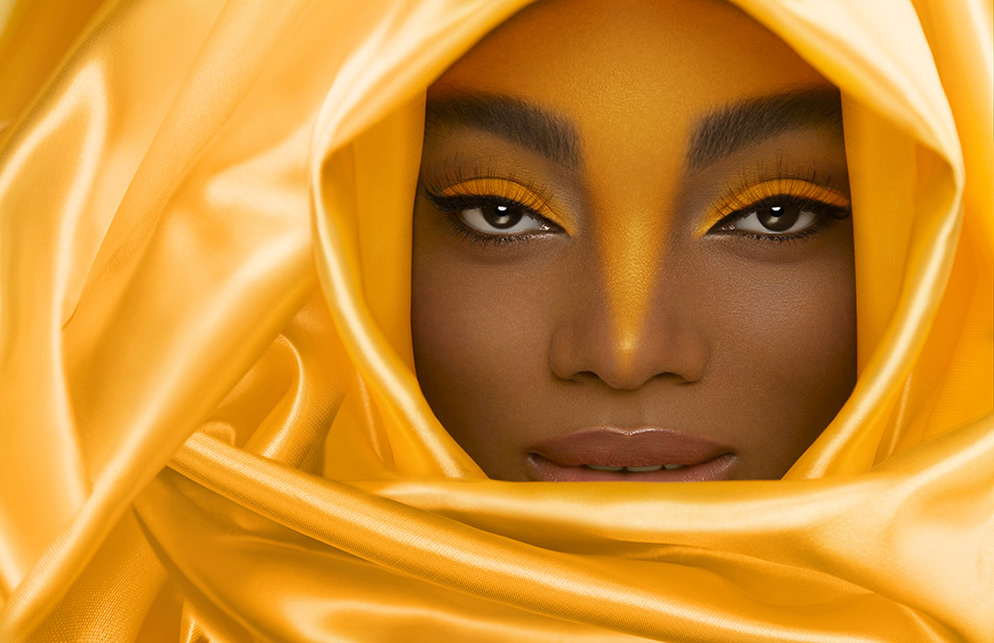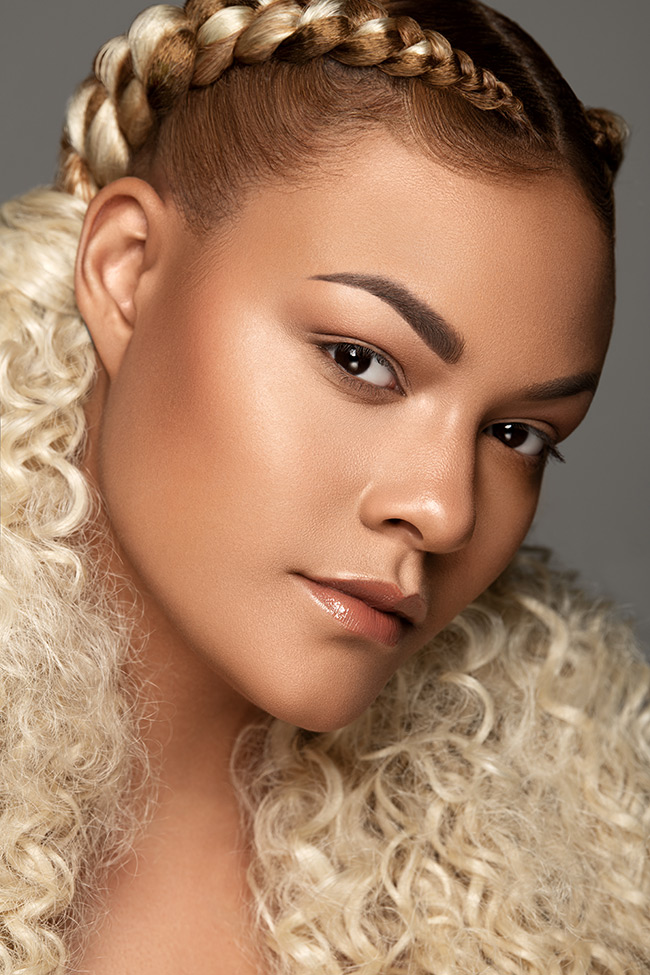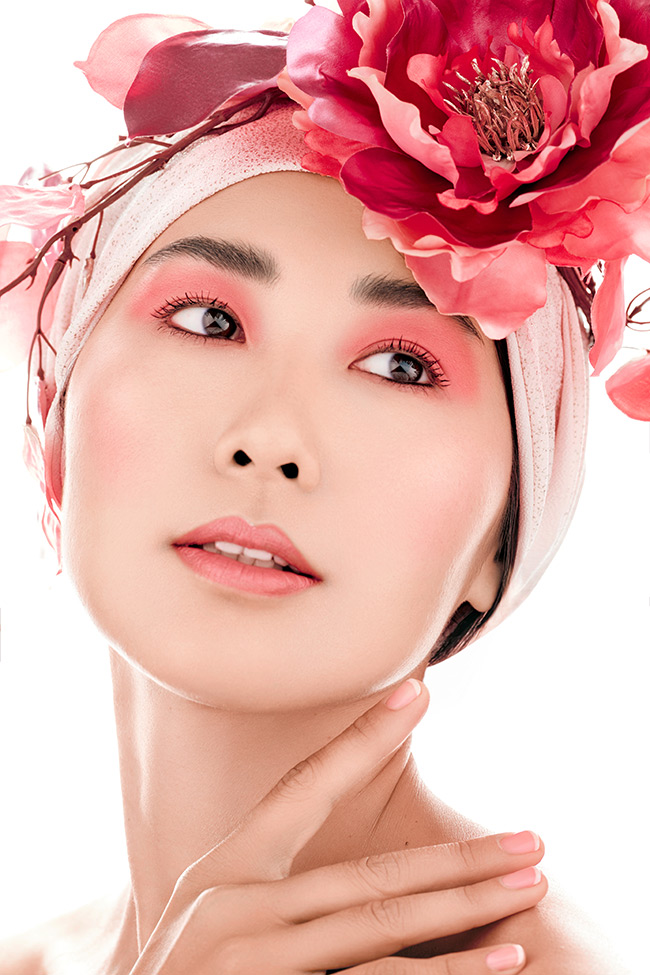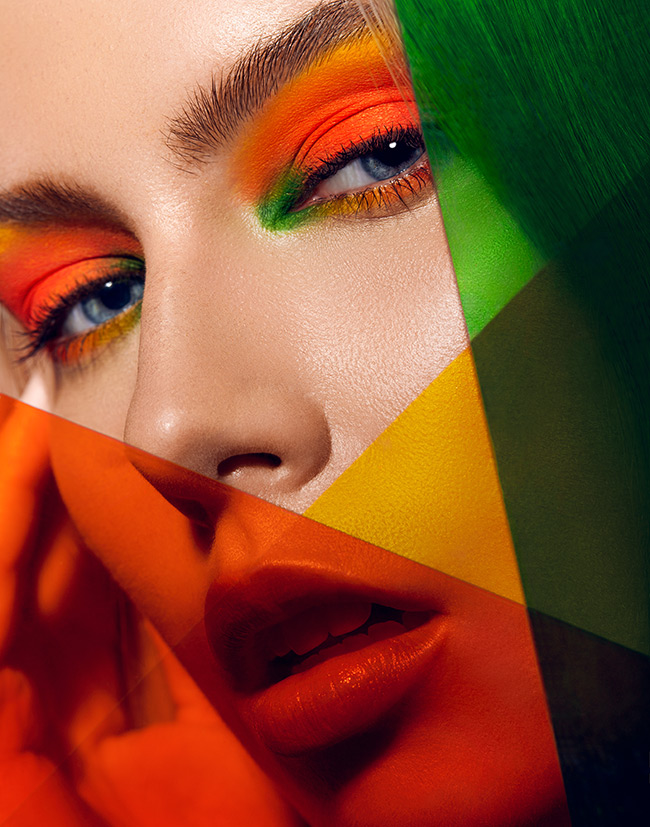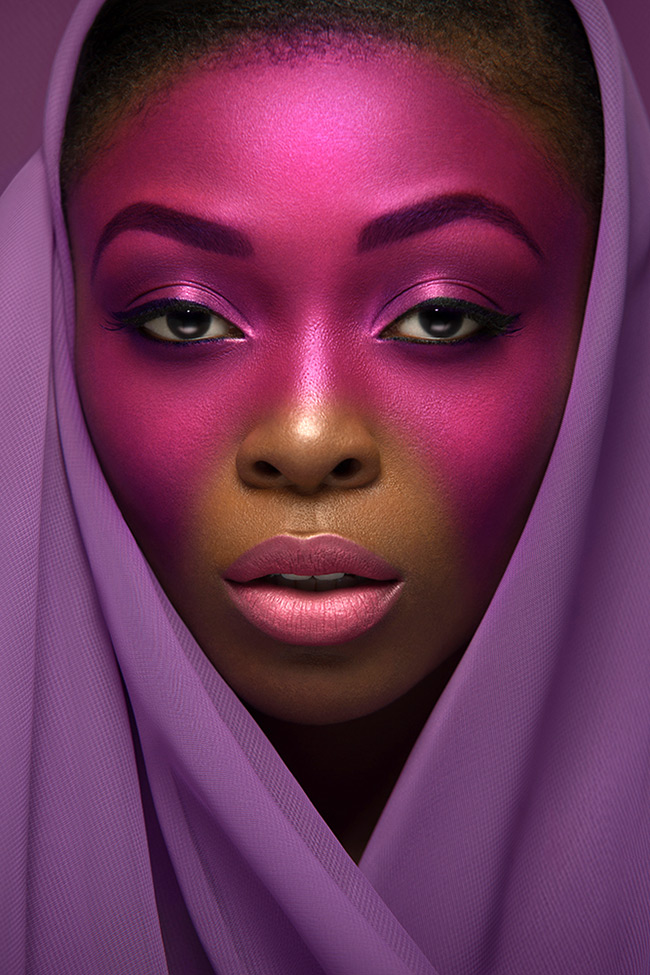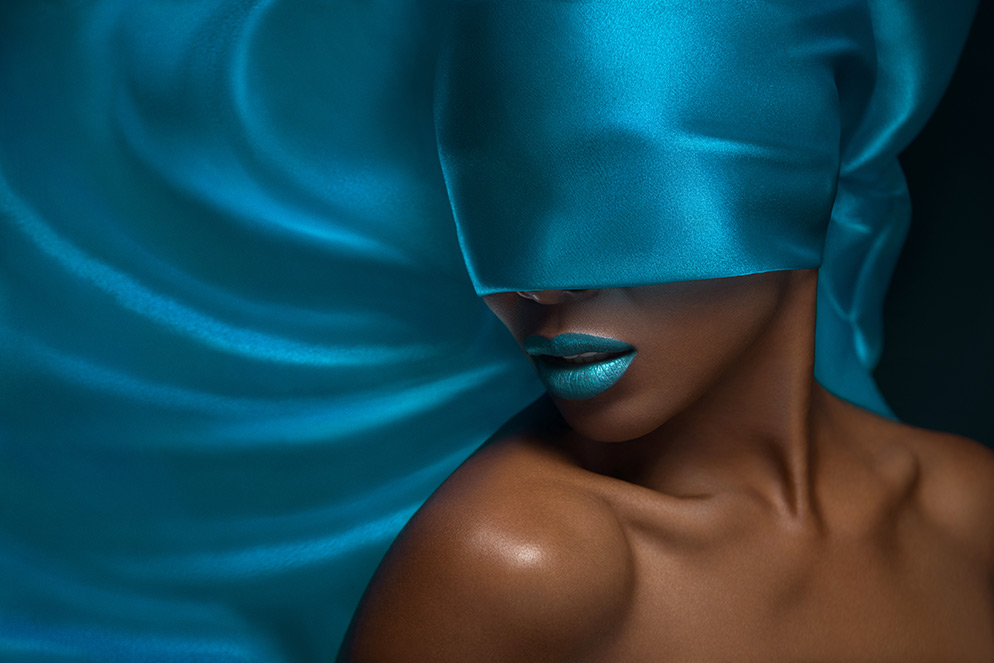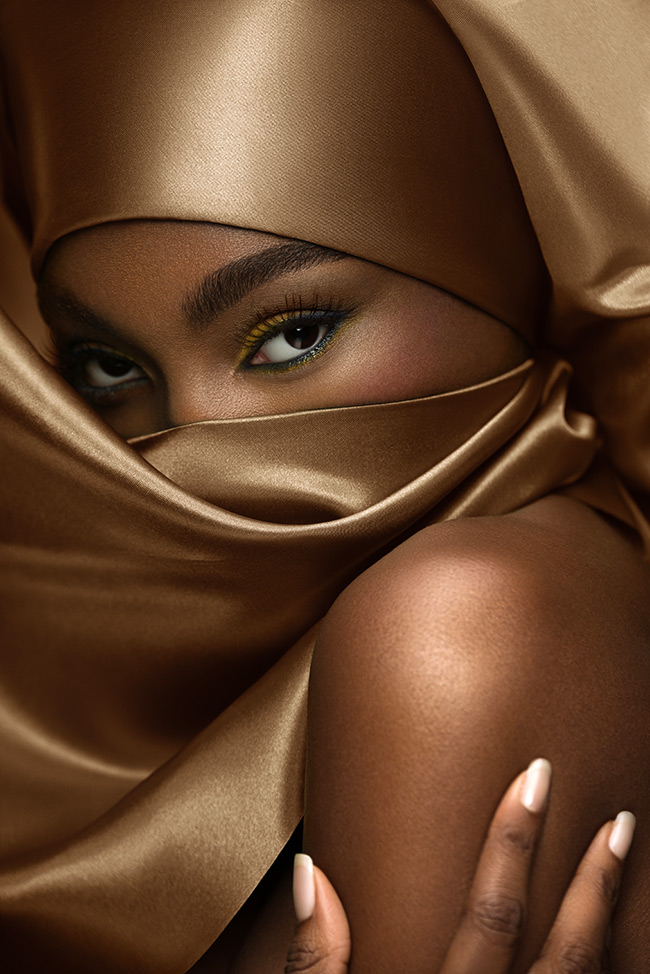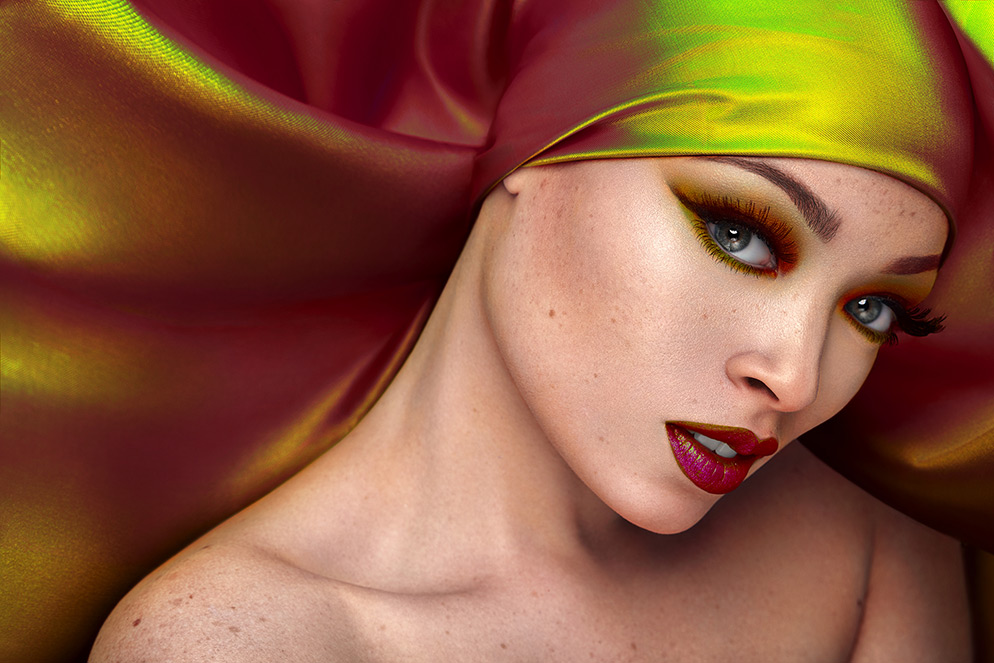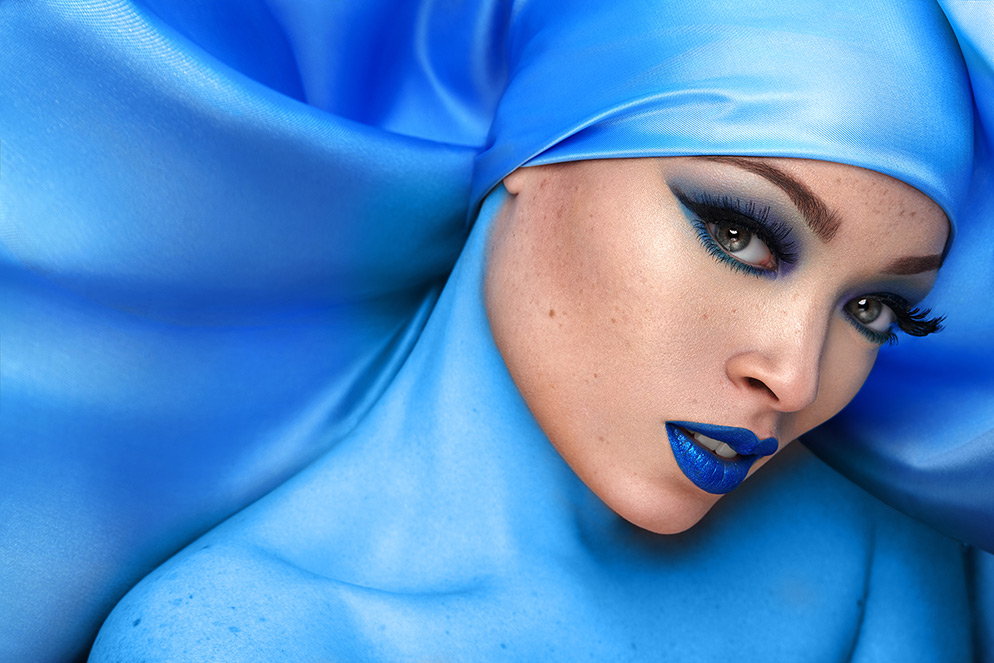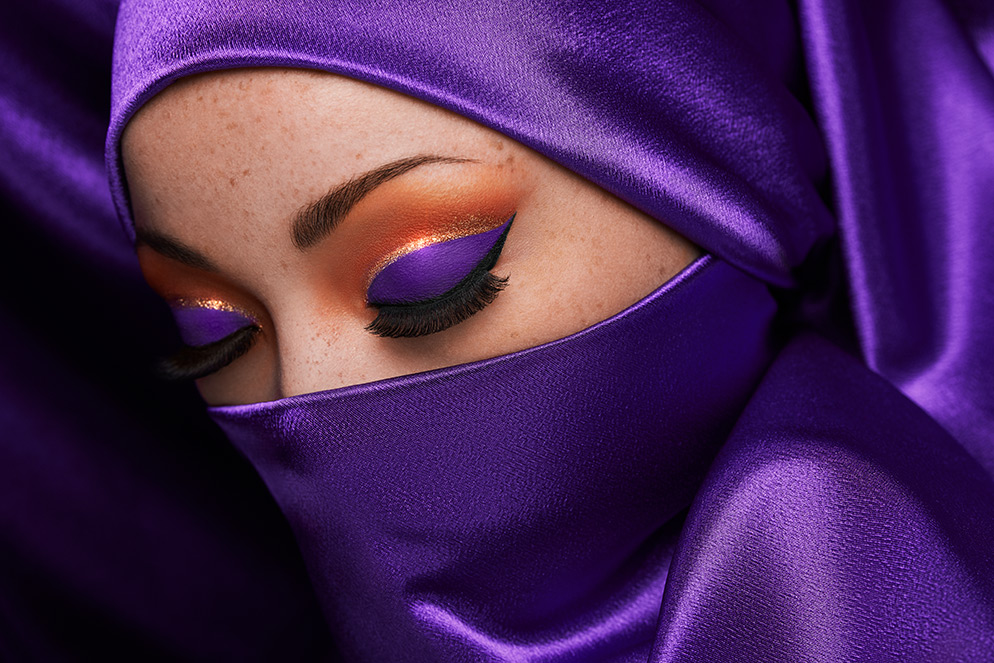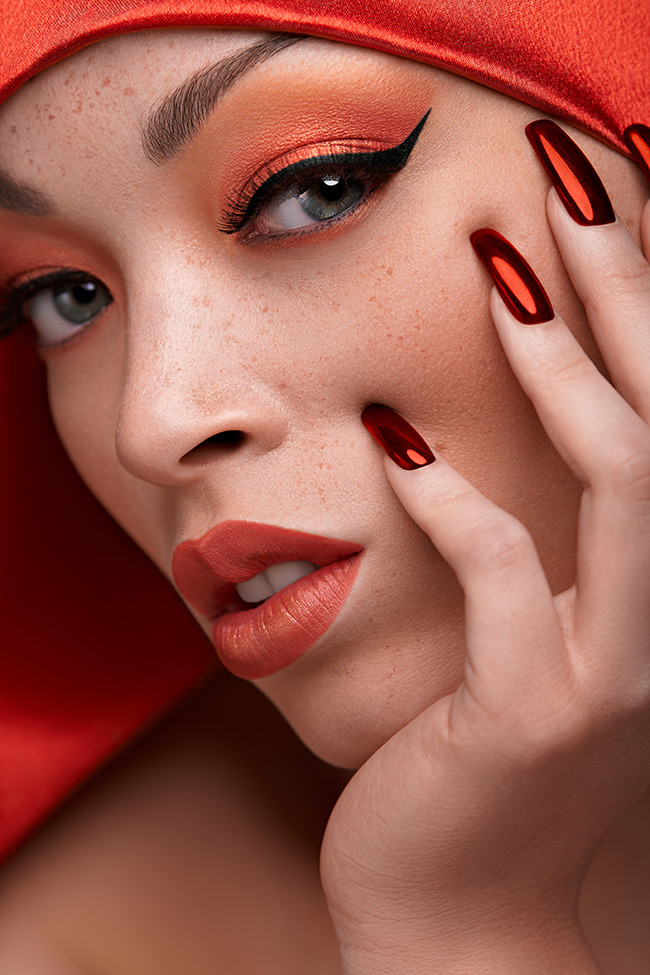Face Value: A Different Take on the Beauty Portrait
So here's a question photographers should be asking themselves frequently, if not constantly: What if?
What if I did something different? What if I tried it this way instead of the usual way? What if I actually follow this offbeat inspiration?
Antonio Martez, a beauty and fashion photographer, did just that, and in the process created a colorful personal project that caught the attention of social media, clients and...you guessed it... Nikon.
The Colour Blind project began as an exploration of hidden beauty in a series of images marked by his signature use of bold colors and extreme close-ups, images that first capture your attention with their graphic impact, then invite you to go beyond that to the pair responsible for the effect: the model and the photographer.
Antonio had completed one series of images when the project took on an unexpected aspect. "One day I was walking around a store in Miami," he says, "and I saw several women wearing headscarves—I didn't even know what they were called at the time—but the way they wrapped around their faces made me think of the project I'd just shot."
The headscarves were hijabs, and without knowing it, Antonio had linked their literal meaning—"curtain" or "partition"—to his project. He spoke with one of the women, showed her on his phone some of his images and learned what the head-covering was called. "That's when everything linked in my mind—not only the hidden beauty, but the personality behind the covering."
Give It a Try
For most of the project Antonio's subjects were models he was working with on assignments, models who were interested in Colour Blind and agreed to pose. "But I started with a good friend who happened to be a model. I told her of the vision I had, and she said, 'Let's try it.' "
They ended up with "ten great images" that were picked up by several publications. "The theme of the magazine stories was the beauty within—the appeal of the woman hidden behind these bright, bold colors."
The images caught fire. "I had so many people who wanted to be part of this project once they saw it, once I put it out there, that I created a second series. Then I wondered how I could make it live for every woman, not just women of color, so I started women with other skin tones so it would resonate with everybody."
And it has. He's exhibited the project several times in New York, Miami and Las Vegas, and has had "really great feedback about it."
"Initially the color was green in this first series photo, but it was changed in post production because I had a previous green and I wanted every frame in the series to be a distinctly different color."
I wanted the colors to resonate and translate well when viewed from a computer or in print.
"They are the same images," Antonio says. "The original color was the shimmering gold green. We thought it showed too much skin for the project, so I worked with my retoucher to get the focus on the face, not the entire body."
"They are the same images," Antonio says. "The original color was the shimmering gold green. We thought it showed too much skin for the project, so I worked with my retoucher to get the focus on the face, not the entire body."
In the Studio
Currently in its fourth series of images, the Colour Blind project coincided with Antonio's upgrade of his lens line with what he terms "the holy trinity" of NIKKOR glass: the AF-S NIKKOR 14-24mm f/2.8G ED, the AF-S NIKKOR 24-70mm f/2.8G ED and the AF-S NIKKOR 70-200mm f/2.8E FL ED VR.
The 70-200mm was his choice for most of the project's images (prior to getting the newest glass in that focal length range, he shot with the AF-S VR Zoom-NIKKOR 70-200mm f/2.8G IF-ED). "The 70-200mm is my go-to lens for beauty, commercial, advertising and editorial work because of the versatility of the focal length and the overall quality," Antonio says, "especially when you pair it with the D850. That glass is tremendous."
Equally important as the gear are his choices for colors and fabrics. "I wanted the colors to resonate and translate well when viewed from a computer or in print," he says, and he favored purples, red and oranges to grab attention from the first moment they're viewed. "And texture-wise, I wanted something that when lit by my studio lighting would grab and shape the light, and work with the shadows as well—fabrics that are soft and manageable and shape easily, like polyesters and silks."
"What if?" was the starting point, but inspiration and imagination ultimately depended on hard work, attention to detail and quality gear to bring the beauty of Antonio's idea to life.

